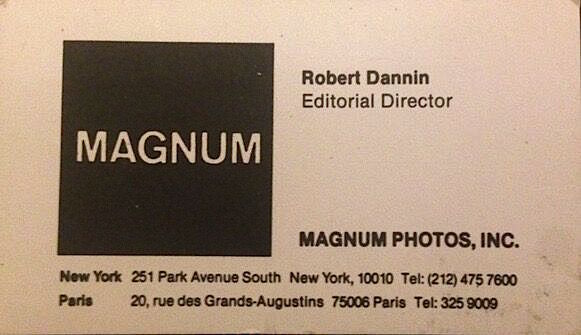 [Editor’s Note: Here we continue “The Dannin Papers,” a series of Guest Posts by Robert Dannin, who served as Editorial Director of Magnum Photos from 1985-90.
[Editor’s Note: Here we continue “The Dannin Papers,” a series of Guest Posts by Robert Dannin, who served as Editorial Director of Magnum Photos from 1985-90.
This second chapter — Dannin’s first-hand observations of the evolution and impact on the profession of the “A Day in the Life of …” book series (DITLO) as conceived and masterminded by Rick Smolan — appears in seven installments, of which this is the fifth. Click here for Part 4; click here for Part 6. — A. D. C.]
•
The Assassination of Photography:
The Plot to Hack Reality (e)
by Robert Dannin
… Back in Paris, a Magnum newcomer, nominee Patrick Zachmann, portrayed himself as a Sinologist and made common cause with François Hebel, director of the agency’s Paris bureau, as soon as the Day in the Life of the China prospectus arrived. The devil’s bargain Zachmann endorsed: Access was everything; either you cooperated with power or you would never get inside. Think of all the opportunities surrendered to other photographers if you forfeited this offer. Time was running out. That free ticket and easy visa might go to another photographer.
For someone with a mere handful of credible shots from Hong Kong and the streets of New York City’s Chinatown, Zachmann posed as a very convincing advocate. Abbas, who had embarked on a project to photograph Islam around the world, wanted to travel to Xinjiang to photograph Uighurs, China’s restive Muslims. He heard the siren’s lure of the DITLO invitation and responded affirmatively. “Look,” I told him, “all you’ll see are the state-sanctioned clerics in their Potemkin mosques.” I proposed the alternative strategy of a Silk Road story for syndication.
There was something almost programmatic and therefore suspicious about Abbas’s insistence. Back in the late ’70s, when we both worked at the agency Sipa, French journalists were already traveling around China documenting the religious diversity of an officially atheist country. Access wasn’t such a big problem. It led me to suspect a deal had been made.
 As usual, Sebastião Salgado went along, believing this might yield something interesting for his own project. Bruno Barbey signed up. Although immersed on a National Geographic assignment in Extremedura, Spain, he was encouraged to participate by that magazine’s assistant director of photography, Kent Kobersteen, who had taken Clarkson’s place on the editorial team. But the addition of Guy LeQuerrec to the roster supplied the most damning evidence of Hebel’s meddling. Last seen dancing wildly at the annual Magnum party, LeQuerrec was (and remains) virtually unknown among U.S. magazine editors. Though he specialized in photographing jazz musicians, if Sonny Rollins played a gig in the Forbidden City still no one would call on him. Yet there he was, an improbable choice for a group roster anywhere in the world.
As usual, Sebastião Salgado went along, believing this might yield something interesting for his own project. Bruno Barbey signed up. Although immersed on a National Geographic assignment in Extremedura, Spain, he was encouraged to participate by that magazine’s assistant director of photography, Kent Kobersteen, who had taken Clarkson’s place on the editorial team. But the addition of Guy LeQuerrec to the roster supplied the most damning evidence of Hebel’s meddling. Last seen dancing wildly at the annual Magnum party, LeQuerrec was (and remains) virtually unknown among U.S. magazine editors. Though he specialized in photographing jazz musicians, if Sonny Rollins played a gig in the Forbidden City still no one would call on him. Yet there he was, an improbable choice for a group roster anywhere in the world.
 Finally, René Burri, one of the originators of Magnum’s boycott of the DITLO projects, now drank the Kool-Aid and capitulated. He traveled to New York as a convert and preached. When I reminded him of the reasons for engaging in this oppositional action, he got angry and shouted, “Stop being a rabbi, Bob!” “Why don’t you stop being a prick, René!” I shot back. (Give as good as you get is the first rule at Magnum.) Other Paris-based photographers like Jean Gaumy and Raymond Depardon were busy shooting movies, and Josef Koudelka to my knowledge had never accepted nor acknowledged an assignment. Day in the Life was not his style. Yet the fix was in; Magnum Paris was colluding.
Finally, René Burri, one of the originators of Magnum’s boycott of the DITLO projects, now drank the Kool-Aid and capitulated. He traveled to New York as a convert and preached. When I reminded him of the reasons for engaging in this oppositional action, he got angry and shouted, “Stop being a rabbi, Bob!” “Why don’t you stop being a prick, René!” I shot back. (Give as good as you get is the first rule at Magnum.) Other Paris-based photographers like Jean Gaumy and Raymond Depardon were busy shooting movies, and Josef Koudelka to my knowledge had never accepted nor acknowledged an assignment. Day in the Life was not his style. Yet the fix was in; Magnum Paris was colluding.
•
The boycott held firm in London. Eve Arnold, Peter Marlow, Ian Berry, Chris Steele-Perkins, and Stuart Franklin were all uninterested.
Neil Burgess, Magnum’s London bureau chief, understood the stakes. He already had his hands full trying to stabilize rates in the face of Hebel’s incompetent pricing in Europe. If a client didn’t like London’s quote for an assignment or syndication, she or he would phone Paris and try to book it there. (Brexit is a thinly veiled attempt to invert this process massively, and the EU is fighting to prevent it.) Robert Pledge was using the same tactic to foment internal divisions at Magnum.
Neil and I tried reasoning with Hebel during a meeting in New York. He was imperious, wouldn’t listen. We continued to engage him for a couple of days, but after an evening of drinking and billiards at the Raccoon Lodge in Tribeca we were ready to dump him in the Hudson. Rather than join a collegial system, he preferred counsel from anyone who voiced an interest from the outside. He was inviting their opinions, judgments, and interference.
Everyone wanted in, too. Some editors resented Magnum’s fierce independence. Agents were envious, curators always lurking for opportunities, collectors demanded the personal touch. Publishers craved the imprint; Richard Schlagman, owner of Phaidon, once asked how much it would take to buy Magnum. Even students competed for unpaid internships. Magnum’s unique quality of peerage, the reputation of its luminaries [pace A. D. Coleman’s exposé of the Capa Consortium], its persistence as a cooperative, and the implicit, often active defense of authorial rights, fueled an industry-wide sense of curiosity across a spectrum from admiration to malicious intent.
Magnum incarnated the medieval craft guild, replete with elaborate initiation rites, purity laws (prohibition against cropping, insistence on accurate captions, etc.), the journeyman’s campagnonnage, the masterpiece presentation, annual conclaves, and a visual alchemy of pictorial memes. The petty bourgeois rabble, led by Robert Pledge of Contact Press Images, were gathering outside with a battering ram etched with the words day in the life. From inside, Hebel opened the gate to welcome them.
•
 I had been working to establish our own China liaison since 1988, when Eve Arnold introduced me to Peter Wang, whose great uncle was a People’s Liberation Army general and ranking member of the Party nomenklatura. Scion of the privileged class, Peter took up an indefinite residency in New York and met Eve through Sonny Mehta at Knopf. He arranged a series of meetings with New China News (Xinhua) at their West Side consulate.
I had been working to establish our own China liaison since 1988, when Eve Arnold introduced me to Peter Wang, whose great uncle was a People’s Liberation Army general and ranking member of the Party nomenklatura. Scion of the privileged class, Peter took up an indefinite residency in New York and met Eve through Sonny Mehta at Knopf. He arranged a series of meetings with New China News (Xinhua) at their West Side consulate.
Housed in the converted modernist hotel on 12th Ave. and 42nd Street, across from the Circle Line pier, the consulate is an updated version of Franz Kafka’s “Castle” – a turquoise glass fortress garnished with one red flag, tinted windows, banks of security cameras, remote access, no human life visible from the exterior. Only the moat was missing when Eve and I made the first of three visits to negotiate a syndication deal.
No one could negotiate like Eve; I watched and listened. The second time, we were presented with a set of technically perfect 8×10 prints of Mao’s Long March campaign against the Japanese occupation and Chiang Kai-Shek’s Kuomintang nationalists.
The 50-50 deal for an exclusive to all Magnum’s markets was as straightforward as possible. We had to make copy negatives, and, according to Eve, we had to “tolerate” Peter if we wanted to develop the relationship further. She called him “a necessary evil,” but I liked him. He was congenial and open-minded, a quick study who absorbed Howard Zinn’s People’s History of the United States over a weekend.
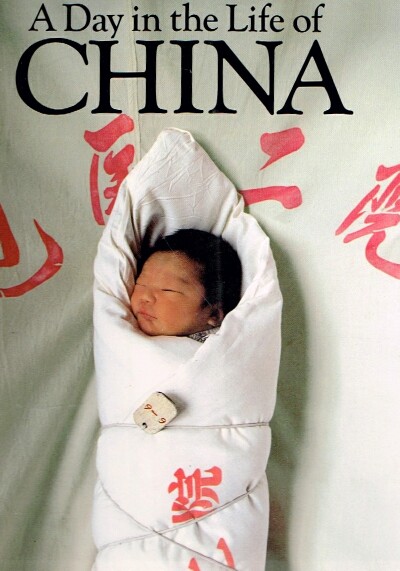 Peter confided that Day in the Life of China was nothing more than a state public-relations gambit. Collins and its sponsors were putting up all the money but would get very little access in return. On the other hand, Susan Meiselas had taken the offer seriously and asked about good stories there. Peter suggested Gansu, a province whose peasants had suffered terribly in the famine unleashed by the Great Leap Forward collectivization campaign (1958-62). Under Deng Xiaoping recovery there proceeded haltingly, with widespread poverty still visible.
Peter confided that Day in the Life of China was nothing more than a state public-relations gambit. Collins and its sponsors were putting up all the money but would get very little access in return. On the other hand, Susan Meiselas had taken the offer seriously and asked about good stories there. Peter suggested Gansu, a province whose peasants had suffered terribly in the famine unleashed by the Great Leap Forward collectivization campaign (1958-62). Under Deng Xiaoping recovery there proceeded haltingly, with widespread poverty still visible.
We researched the story and planned Susan’s itinerary, which she transmitted to the organizers. The proposal got rejected; Susan decided not to waste her time, preserving intact what remained of New York’s boycott.
•
The shoot took place in mid-April, and photographers began drifting back to Paris around the same time Chinese student activists were converging on Tiananmen Square.
![Tiananmen Square before the storm: DITLO photographers, Tiananmen Square, April 1989, "A Day in the Life of China," pp. 208-09. [Photo: Anonymous]](https://www.nearbycafe.com/artandphoto/photocritic/wp-content/uploads/2018/02/DITLO_China_photographers_Tiananmen_Square_1989.jpg)
Tiananmen Square before the storm: DITLO photographers, Tiananmen Square, April 1989, “A Day in the Life of China,” pp. 208-09. [Photo: Anonymous]
Throughout May the movement intensified while the government equivocated. China’s paramount leader, Deng Xiaoping, had embraced the movement initially, and his epigones offered tepid support until it became apparent that they couldn’t ride the tiger. By late May confrontation loomed. Western intelligence agencies cited satellite photos of huge troop movements on the outskirts of Beijing. The Party and its government went into full crisis mode, trying to figure out the depth of popular support for the students among a population of more than a billion souls. Could they suppress the occupation without risking a general uprising? Mobilization of the army, according to Peter Wang, was as much a way of testing the generals’ loyalty as a menacing gesture to the protestors.
Magnum had no one in place. From Paris, Jimmy Fox informed me that Zachmann was still there but had not dispatched any pictures. No one knew where he was or what he was doing. My first call went to Abbas, who was following events no doubt and still had a valid visa. He refused to go back. McCurry, Reed, Salgado, Barbey, and Burri all turned me down. Exasperated by the negative experience they had just endured, they wouldn’t budge, even with an assignment. I next turned to the London crew and on Saturday, June 3rd, 1989, I reached Stuart Franklin in Oxford, England and convinced him to fly immediately to Beijing. Without an assignment in hand, I offered to guarantee his flight with my own credit card.
He got to the hotel as the tanks were rolling toward Tiananmen and from his balcony shot the notorious showdown between the tank and that shirt-sleeved man with attaché case. Once the military assaulted the encampment there was no way to document the massacre if you weren’t already inside.[1] Franklin and others chased the lucky escapees as they ran down side streets looking for their comrades and medical care. Eventually the army rounded them up or waited at hospitals to beat and arrest the wounded.
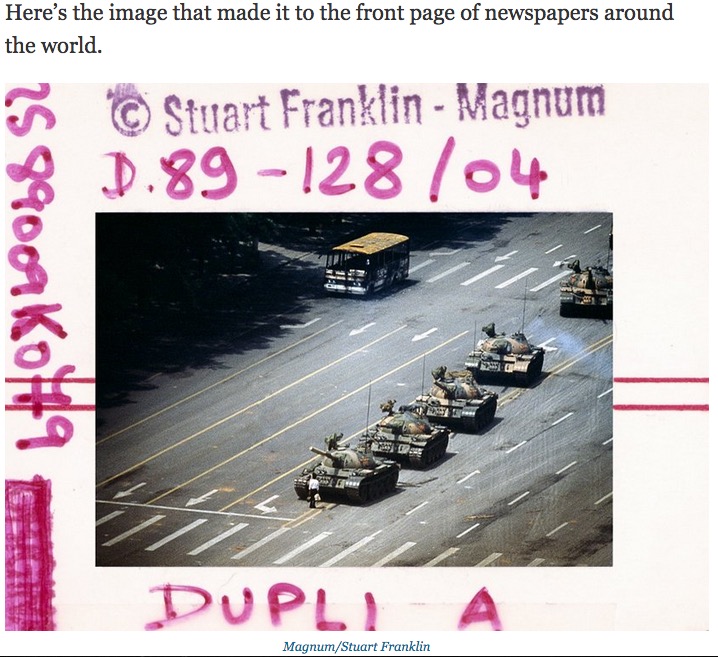
Stuart Franklin, “Tank Man,” Tiananmen, Square, June 5, 1989. (From Business Insider 7-23-14, screenshot)
(For more on the making of Franklin’s historic photo, see “Incredible Behind-The-Scenes Images Tell The Story Of The Tiananmen Square ‘Tank Man’ Photo” by Christian Storm, Business Insider, July 23, 2014, from which the screenshot above is derived. See also “Behind the Scenes: Tank
Man of Tiananmen” by Patrick Witty, Lensblog, New York Times, June 3, 2009, which addresses the versions of this scene by the other photographers who recorded it. — A. D. C.)
Few pictures could be made safely in the chaotic aftermath, yet the political situation remained so unsettled that western magazines were now clamoring to put our photographers on assignment. Time claimed Franklin’s coverage retroactively. By Tuesday morning we had an international syndication agreement to send three or more people back. I wrote the contracts and faxed them out for signatures. Abbas and Eli Reed were finally warming to the idea; Gilles Peress called from Bogota demanding to participate. It was too late, however. The crackdown was total; debris and bodies were bulldozed from the square which, like the press coverage, was expeditiously whitewashed.
•
Franklin stuck around for another week. Eventually Zachmann surfaced with a few wretched shots of a college-dormitory rally, but less than nothing to show for his conceit. Even more galling, he declined to share film with Franklin, who had exhausted his own supply. Photographers never behave like this in the field, and although Stuart shrugged it off I found such betrayal within Magnum discouraging.
Months later Time admitted to having “lost” the original “tank-man” slide by Franklin. Only two other photographers and a videographer had that shot. We had dupes and the black-and-white negatives but this was devastating. Michelle Stephenson, who had replaced Arnold Drapkin as the magazine’s director of photography and likewise took his place on the Day in the Life of China editorial team, could not find it after an extensive search. I thought it had been destroyed or pilfered internally, but Time Inc. was never going to admit that. We negotiated a cash settlement that, while entirely appropriate, hardly compensated Franklin for the grief engendered by witnessing the tragedy in Tiananmen Square, much less the declining respect accorded to the work of photojournalists.[2] (Click here for a pdf file of the relevant correspondence between Magnum and Time Inc. regarding the loss of Franklin’s original slide.)
Stuart and others had scrambled for their lives to document the grim reality of the singular event, yet one could not find the faintest trace of their efforts in A Day in the Life of China‘s “celebration of the 40th anniversary of the founding of the People’s Republic.” …
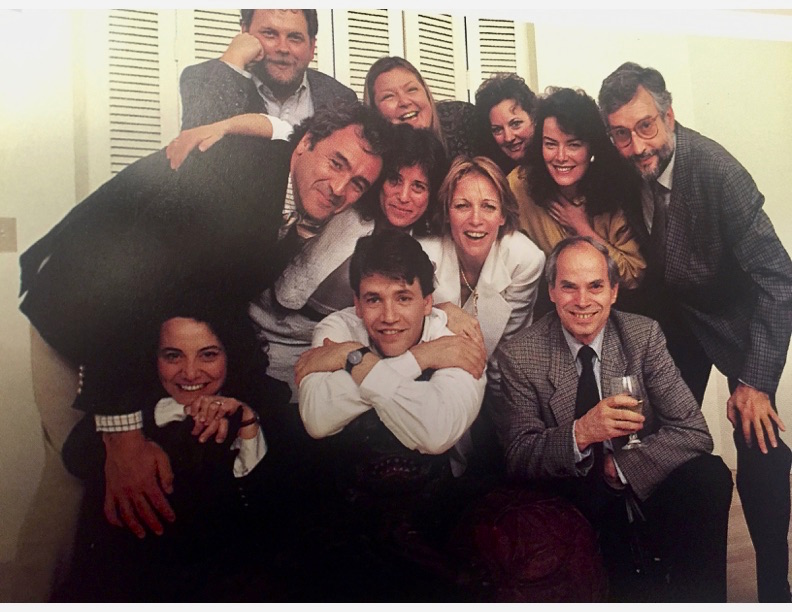
Accomplices, “A Day in the Life of China” editors, 1989 (counterclockwise from lower left): Michelle McNally (Fortune), Project Director David Cohen, Dieter Steiner (Stern), Alfonso Guitérrez Escera, Art Director Jenny Barry, Michelle Stephenson (Time), Sandra Eisert (San Jose Mercury News), George Wedding (Sacramento Bee), and Peter Howe (Life). In the middle are Susan Vermazen (New York Magazine, left) and Eliane Laffont (Sygma, right). Photo: Dana Fineman.
•
[1] A week later I received two rolls of color slides by a young Japanese photographer who had stayed with the occupation and narrowly escaped the dragnet. His images were truly horrific: a phalanx of fiery shotgun blasts illuminating the darkness; crushed tents and bodies mangled together with placards, blankets and other gear; a blood-soaked battlefield littered with defenseless victims, campfires still smoldering. Historians have yet to agree on the number of victims, with some estimates as high as 5,000.
[2] Adding insult to injury was Magnum Attorney Howard Squadron’s role in the affair. First, he ridiculed the amount of compensation I intended to ask for. Then he assigned a clueless junior partner to assist me at the meeting with Time Inc.’s general counsel. On our way over I discovered that she didn’t know the difference between a transparency and a negative, and politely asked her to keep quiet.
Ironically, at the same time Squadron also represented Murdoch’s News Corp. International, an organization light years away from the practices and principles for which Magnum stood. Squadron and I clashed several times over the years, perhaps because I could never erase the image of Howard defending Nixon on Meet the Press only a few weeks before that president resigned in disgrace.
(Part 1 I 2 I 3 I 4 I 5 I 6 I 7)
•
Text copyright © 2018 by Robert Dannin. All rights reserved.
•
(For an index of links to all posts in this series, click here.)
•
Robert Dannin holds a doctorate in linguistics and anthropology from the School for Advanced Studies in the Social Sciences in Paris. He taught at Brown University, New York University, and Suffolk University in Boston. He is co-founder and director of the Ddora Foundation, and serves as a trustee at Mount Ida College in Newton, Mass. Among his scholarly publications, Black Pilgrimage to Islam (Oxford University Press, 2002) was the first ethnography of Islamic religious conversion in America.
In 2009 Dannin was awarded an inaugural residency at the Norman Mailer Writer’s Colony. His most recent work is a biography of Jacob Schiff, the Gilded Age banker and rival to J. P. Morgan.
Dannin paid for his education by working as a cook, translator, ghostwriter, and copywriter/photo editor at Sipa Press in Paris from 1978 to 1981. He was news editor for Sygma New York and later the editorial director of Magnum, where he produced Sebastião Salgado Jr.’s “An Archaeology of the Industrial Age,” eventually published as Workers (Aperture). His other editorial credits include James Nachtwey’s Inferno (Phaidon) and the survey Arms Against Fury: Magnum Photographers in Afghanistan (powerHouse).
Dannin is the author of numerous critical essays about photojournalism. From 1995 to 1997 he served as special consultant on photography to the office of the New York Attorney General. To contact Robert Dannin, click here.


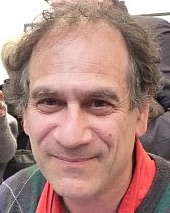
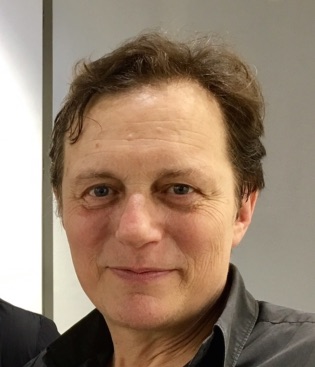
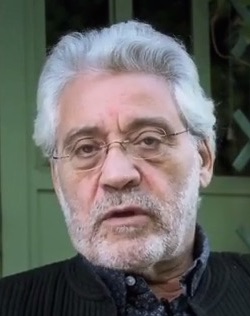
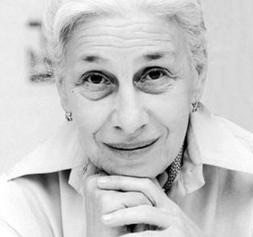

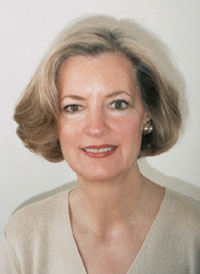
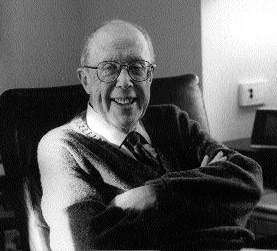
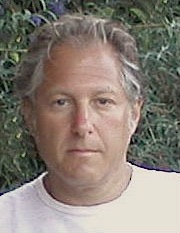
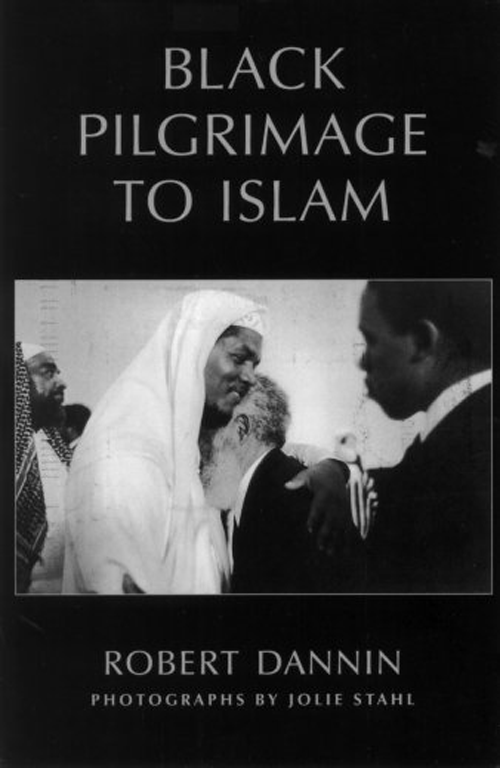




Leave a Comment